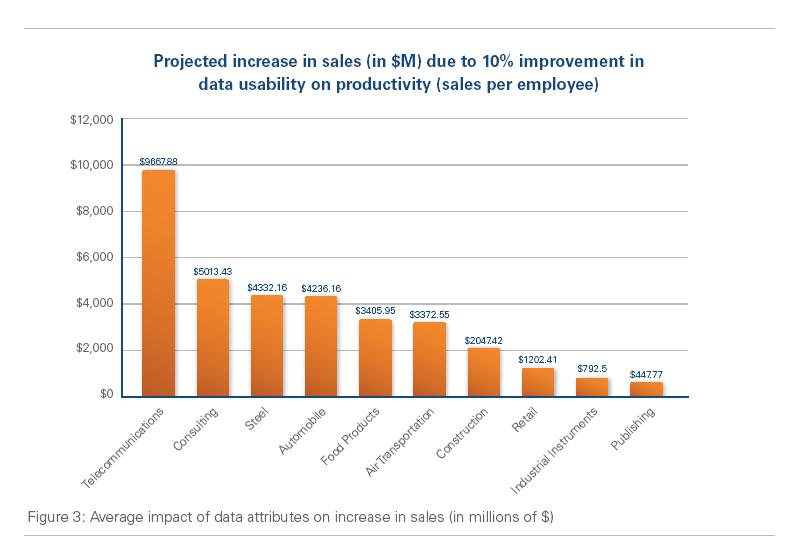Study Refutes Nick Carr, Shows Data & IT Do Matter
I realize that all would-be Big Ideas must be boiled down to a headline in order to have any hope of catching on. But I still always found Nicholas Carr's argument that IT Doesn't Matter Anymore disturbingly anti-innovation and nihilistic. While there's been no dearth of rhetoric since Carr first made his argument 7 years ago, there's finally some empirical data addressing - and refuting - it.
Researchers at the University of Texas and Indian School of Business on Tuesday published a study of how 150 Fortune 1000 firms from various industries use their data, and how that correlates with their financial performance. You can either download the full part I of the study or just the press release.
The conclusion of the study? (full disclosure: sponsored by my employer, SAP subsidiary, Sybase) Companies could increase their annual revenue an average of $2.01 billion by improving employee productivity through making their data just 10% more usable and accessible.
The study's authors - professors Anitesh Barua of UT-Austin and Deepa Mani of the ISB, and doctoral student Rajiv Mukherjee of UT-Austin - never mention Carr directly. But their conclusion contradicts Carr's main thesis that investing in technology offers little competitive advantage to businesses.
"Our findings suggest that there is still room for major performance gains through additional investments in better data," they write. "Our results show that relatively small improvements in these [data] attributes can pay off with big financial returns."
The researchers surveyed Fortune 1000 employees and graded their companies' data use on 5 measures:
- Quality, i.e. accuracy, scope and timeliness;
- Usability, i.e. concise presentation, how easily it can be manipulated, consistency across databases;
- Intelligence, i.e. trends, demand patterns, and recommendations gleaned from that data;
- Remote accessibility, i.e. whether employees can get data from their laptops, smartphones and tablets out in the field
- Sales mobility, i.e. ability for salespeople to exchange price quotes, orders and delivery info with customers via their mobile devices.
The researchers then correlated that data with four popular corporate financial metrics:
- Sales per employee;
- Return on equity, i.e. net income/shareholder equity;
- Return on invested capital;
- Return on assets.
According to the research, companies with 10% higher data usability had 14.4% higher sales. Using the median sales per employee of $388,000, that implies that a firm could boost its sales per employee by a non-trivial $55,900 per year by making their data 10% more usable.
Some firms would benefit a lot more. For instance, the same 10% increase would boost the sales per employee at retail firms and consulting firms by 49% and 39%, respectively. Using dollars rather than percents, that would be a $5 million increase per consulting firm worker, or a whopping $9.9 million annual increase for telecom workers.
Meanwhile, a 10% increase in both data quality and sales mobility was correlated with an average of 16% increase in a company's Return on Equity. In other words, firms that took pains to clean and present their data better while also equipping their salespeople with app-enabled smartphones could increase their net income by $65.7 million per year.
Again, some firms would do much better. Energy, airlines and telecom firms, in particular, can expect a 200% increase in ROE from data quality and sales mobility investments.
Improvements in gleaning intelligence from data and then making it accessible to all employees could also significantly boost companies' Return on Assets. For instance, insurers, commercial banks and credit institutions could all enjoy 28% or better increases in ROA.
Telcos, air transportation firms, publishers, petroleum firms, wholesalers, electric/gas service services and steel firms would also enjoy big ROA gains.
This tells me that doing Business Intelligence smarter, or equipping your field service workers with better smartphones and apps, can still help companies beat their competitors.
------------
Does your company use, analyze and mobilize data well? Does it give you or your firm a competitive edge?
